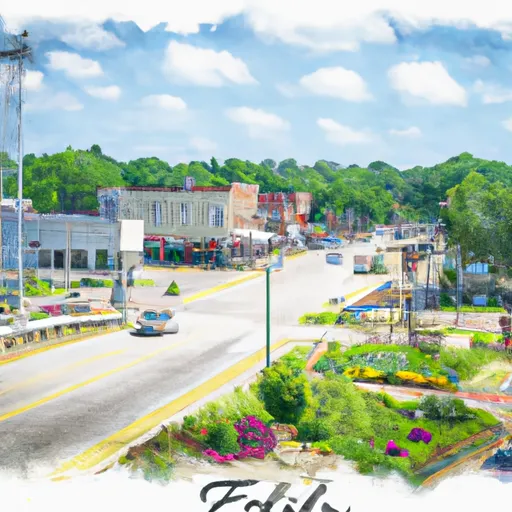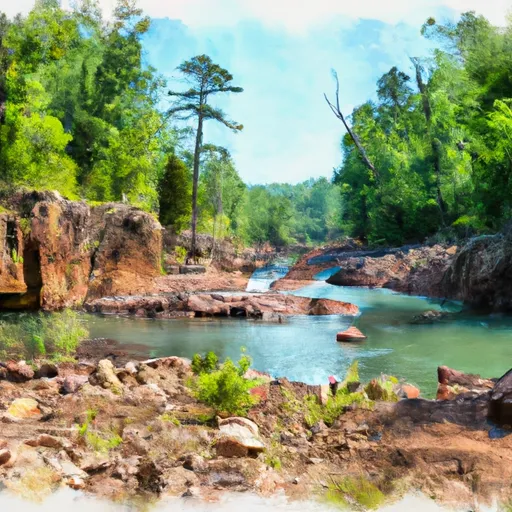°F
°F
mph
Windspeed
%
Humidity











Flora, Mississippi is a small town located in the central part of the state. The climate in Flora is humid subtropical, with hot summers and mild winters. The town is situated in the Pearl River watershed, which contributes to the hydrology of the area. Outdoor recreation opportunities in Flora include the nearby Natchez Trace Parkway, which offers hiking, biking, and horseback riding trails, as well as scenic drives. The Pearl River is also a popular spot for fishing and boating. The surrounding forests and rural areas provide opportunities for hunting and camping. Overall, Flora is a great place for those who enjoy outdoor activities and exploring nature.
Weather Forecast
Flora receives approximately 1434mm of rain per year, with humidity levels near 84% and air temperatures averaging around 18°C. Flora has a plant hardyness factor of 8, meaning plants and agriculture in this region tend to thrive here all year round.
Regional Streamflow Levels
148
Cubic Feet Per Second
200
Cubic Feet Per Second
54
Cubic Feet Per Second
66
Cubic Feet Per Second
Nearby Camping
| Camping Area | Reservations | Toilets | Showers |
|---|---|---|---|
| Sulphur Springs - Lake Wappapello | |||
| Bayou Segnette State Park | |||
| Bogue Chitto Water Park | |||
| Fairview Riverside State Park | |||
| Percy Quin State Park | |||
| Lake Lincoln State Park |



